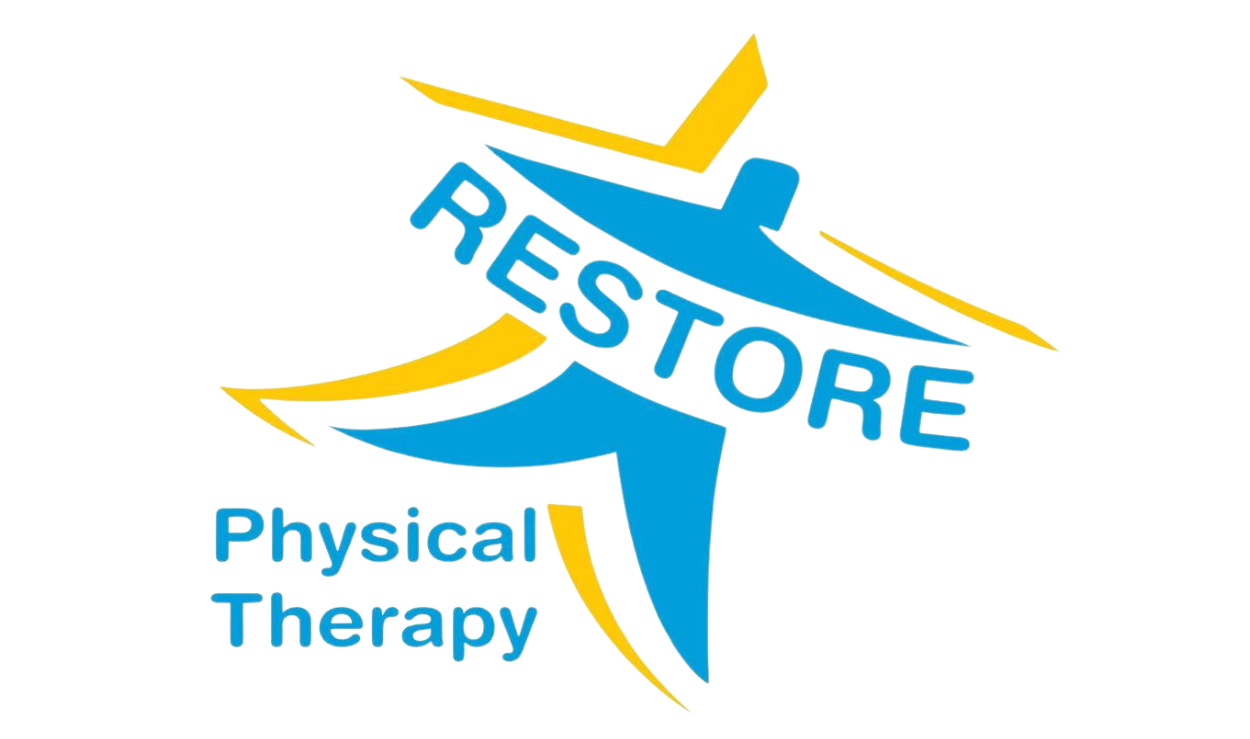Pediatric Physical Therapy
physical therapy isn’t just for adults
Our team is trained in a variety of techniques designed to help your child build strength, increase mobility, improve motor skills, and address a wide range of diagnoses, including:
What to Expect
how we help your child thrive
During the first visit, you and your child’s physical therapist will review their medical history. The therapist will then assess muscle strength, mobility, coordination, gait mechanics, and developmental milestones. Based on this evaluation, a personalized treatment plan will be created to help your child reach their fullest potential.


